Lorenza Giupponi
Blockchain-enabled Server-less Federated Learning
Dec 15, 2021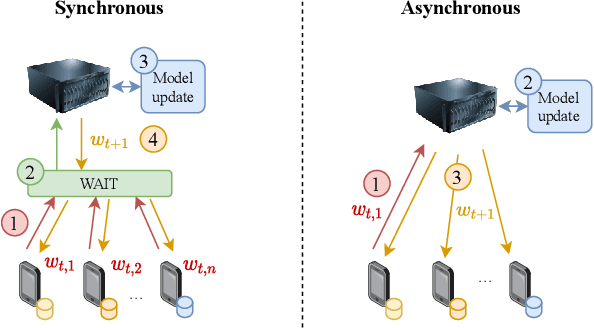
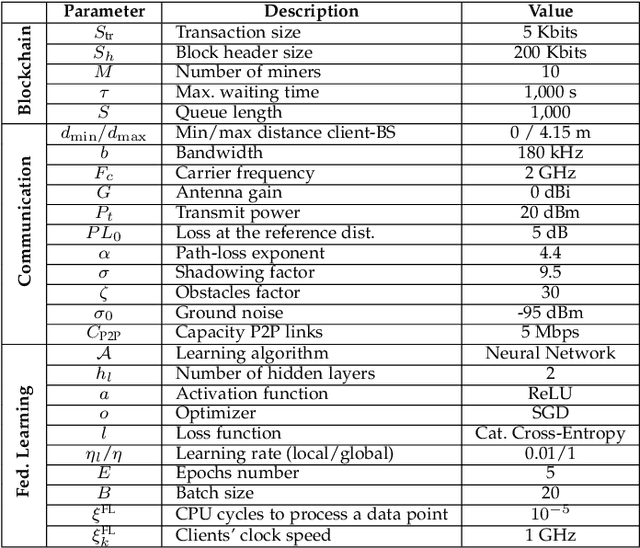
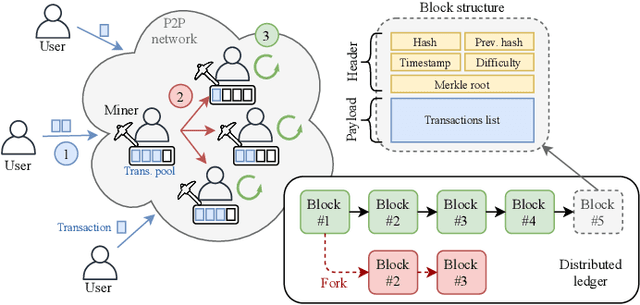
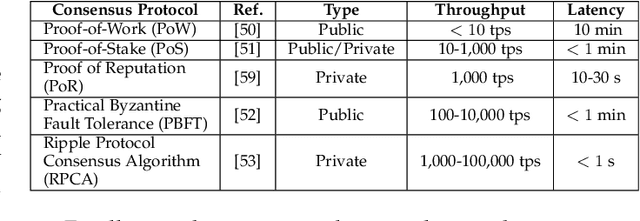
Abstract:Motivated by the heterogeneous nature of devices participating in large-scale Federated Learning (FL) optimization, we focus on an asynchronous server-less FL solution empowered by Blockchain (BC) technology. In contrast to mostly adopted FL approaches, which assume synchronous operation, we advocate an asynchronous method whereby model aggregation is done as clients submit their local updates. The asynchronous setting fits well with the federated optimization idea in practical large-scale settings with heterogeneous clients. Thus, it potentially leads to higher efficiency in terms of communication overhead and idle periods. To evaluate the learning completion delay of BC-enabled FL, we provide an analytical model based on batch service queue theory. Furthermore, we provide simulation results to assess the performance of both synchronous and asynchronous mechanisms. Important aspects involved in the BC-enabled FL optimization, such as the network size, link capacity, or user requirements, are put together and analyzed. As our results show, the synchronous setting leads to higher prediction accuracy than the asynchronous case. Nevertheless, asynchronous federated optimization provides much lower latency in many cases, thus becoming an appealing FL solution when dealing with large data sets, tough timing constraints (e.g., near-real-time applications), or highly varying training data.
On the impact of numerology in NR V2X Mode 2 with sensing and no-sensing resource selection
Jun 06, 2021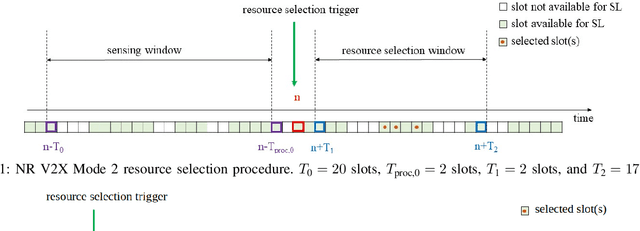

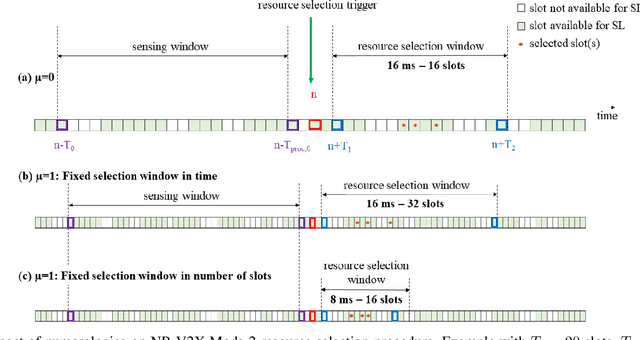

Abstract:In this paper, we use a New Radio (NR) Vehicular-to-everything (V2X) standard compliant simulator based on ns-3, to study the impact of NR numerologies on the end-to-end performance. In particular, we focus on NR V2X Mode 2, used for autonomous resource selection in out-of-coverage communications, and consider the two key procedures defined in 3GPP: sensing and non-sensing based resource selection. We pay particular attention to the interplay between the operational numerology and the resource selection window length, a key parameter of NR V2X Mode 2. The results in a standard-compliant, end-to-end simulation platform show that in all cases, for basic service messages, a higher numerology is beneficial because of different reasons, depending on the way the resource selection window length is established.
Recurrent Neural Networks for Handover Management in Next-Generation Self-Organized Networks
Jun 11, 2020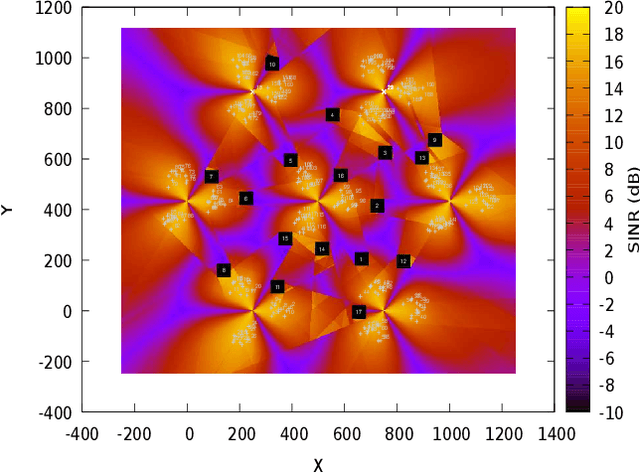
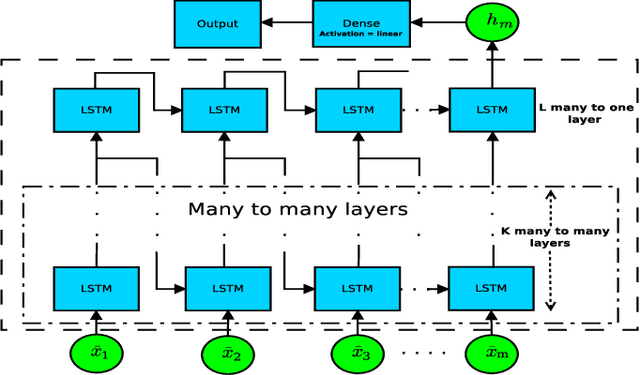
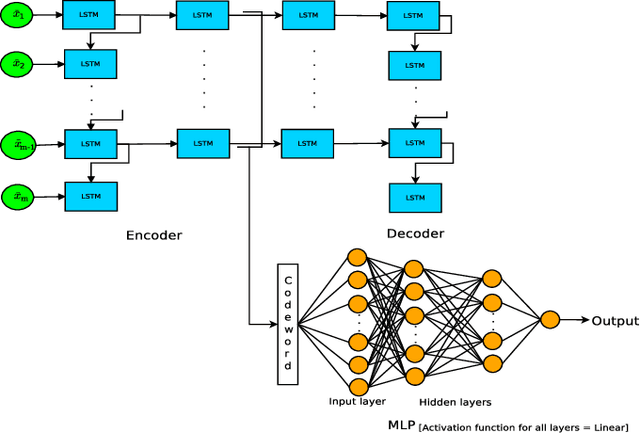
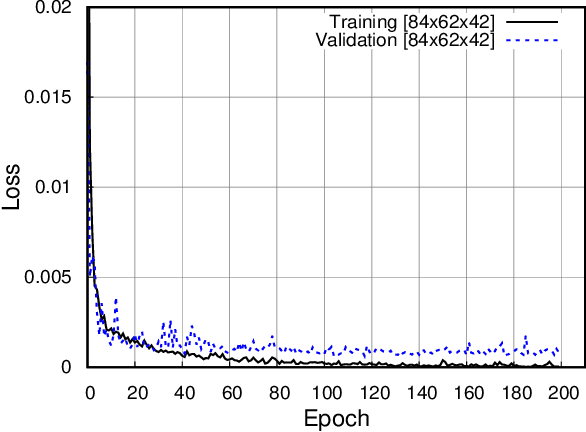
Abstract:In this paper, we discuss a handover management scheme for Next Generation Self-Organized Networks. We propose to extract experience from full protocol stack data, to make smart handover decisions in a multi-cell scenario, where users move and are challenged by deep zones of an outage. Traditional handover schemes have the drawback of taking into account only the signal strength from the serving, and the target cell, before the handover. However, we believe that the expected Quality of Experience (QoE) resulting from the decision of target cell to handover to, should be the driving principle of the handover decision. In particular, we propose two models based on multi-layer many-to-one LSTM architecture, and a multi-layer LSTM AutoEncoder (AE) in conjunction with a MultiLayer Perceptron (MLP) neural network. We show that using experience extracted from data, we can improve the number of users finalizing the download by 18%, and we can reduce the time to download, with respect to a standard event-based handover benchmark scheme. Moreover, for the sake of generalization, we test the LSTM Autoencoder in a different scenario, where it maintains its performance improvements with a slight degradation, compared to the original scenario.
Classification of Mobile Services and Apps through Physical Channel Fingerprinting: a Deep Learning Approach
Oct 25, 2019
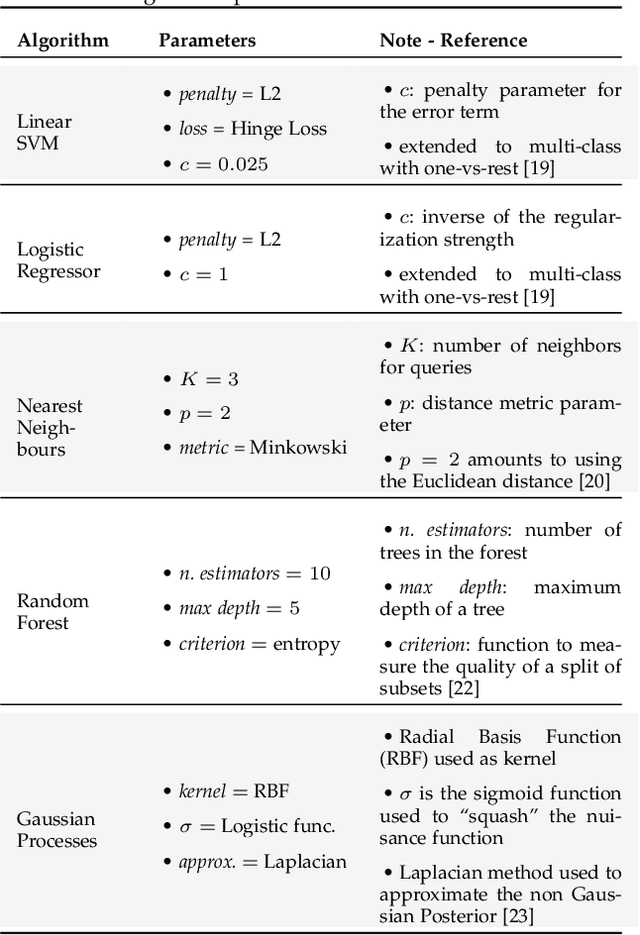
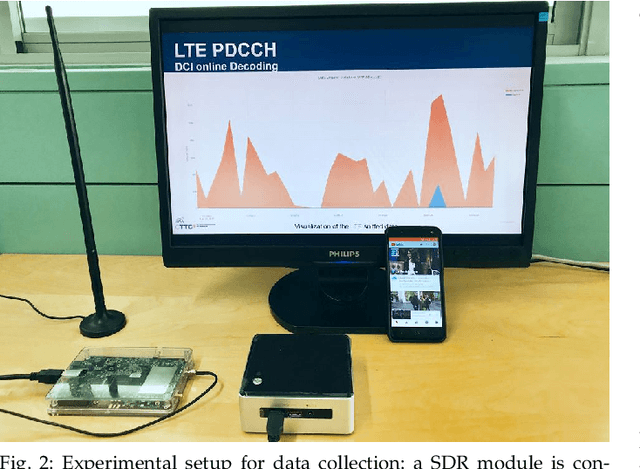
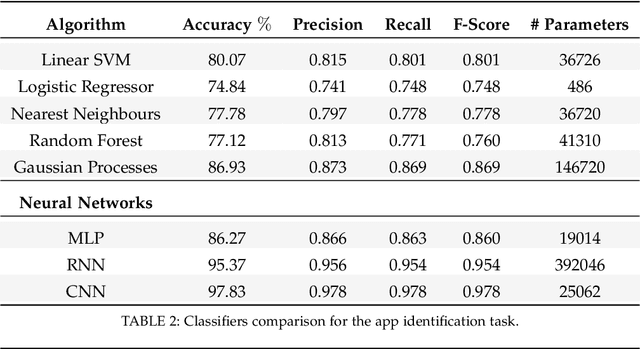
Abstract:The automatic classification of applications and services is an invaluable feature for new generation mobile networks. Here, we propose and validate algorithms to perform this task, at runtime, from the raw physical channel of an operative mobile network, without having to decode and/or decrypt the transmitted flows. Towards this, we decode Downlink Control Information (DCI) messages carried within the LTE Physical Downlink Control CHannel (PDCCH). DCI messages are sent by the radio cell in clear text and, in this paper, are utilized to classify the applications and services executed at the connected mobile terminals. Two datasets are collected through a large measurement campaign: one labeled, used to train the classification algorithms, and one unlabeled, collected from four radio cells in the metropolitan area of Barcelona, in Spain. Among other approaches, our Convolutional Neural Network (CNN) classifier provides the highest classification accuracy of 99%. The CNN classifier is then augmented with the capability of rejecting sessions whose patterns do not conform to those learned during the training phase, and is subsequently utilized to attain a fine grained decomposition of the traffic for the four monitored radio cells, in an online and unsupervised fashion.
 Add to Chrome
Add to Chrome Add to Firefox
Add to Firefox Add to Edge
Add to Edge